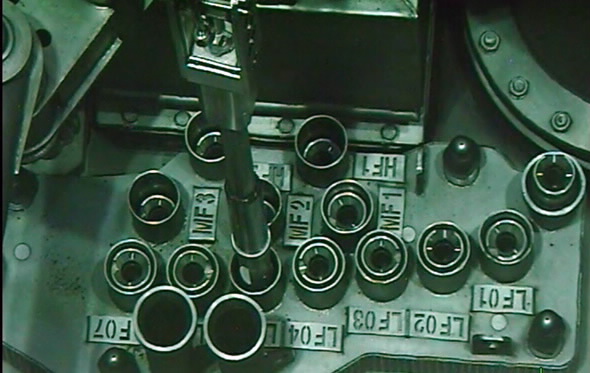
The supply of lutetium-177 from the OPAL multi-purpose reactor for an advanced stage prostate cancer clinical trial has garnered considerable media interest today.
Reports appeared in the Australian Financial Review, Sydney Morning Herald, The Age, The Canberra Times, as well as broadcast reports on Radio 3AW and associated stations, Radio 2GB and associated stations that highlighted the favourable results of a clinical trial recently concluded at the Peter MacCallum Cancer Centre in Melbourne led by Professor Michael Hoffman and John Violet.
The therapy, LuPSMA combines lutetium-177 with a radiolabelled molecule that recognises and attaches to prostate cancer cells for biomedical imaging and as radiation treatment.
This is the first prospective phase 2 study to provide compelling evidence that radionuclide treatment with LuPSMA has promising anti-tumour activity, a favourable toxicity profile, and improves quality of life in men with advanced stage prostate cancer who have progressed after standard treatments including chemotherapy
Results of the study and an editorial were published in the Lancet Oncology on 8 May.
The evidence from this pilot study supports the need for further clinical trial to compare LuPSMA against the current standard of care. ANSTO is now supporting this new trial which opened in January.
Mark Moore, General Manager ANSTO Health, says the results of the study are very encouraging and we now look forward with great interest and optimism to the follow-on clinical trial, which has been expanded to include ten Australia sites."
He says ANSTO produces a range of nuclear medicines used for diagnosis and treatment of a range of cancers, as well as heart, lung, liver and muscular-skeletal conditions, that one in two Australians need on average in their lifetime.
ANSTO produces lutetium-177 through a process that involves irradiating a target material in the OPAL reactor (see image above).
The irradiated material then undergoes processes to separate, purify and sterilise it.
Published: 09/05/2018


